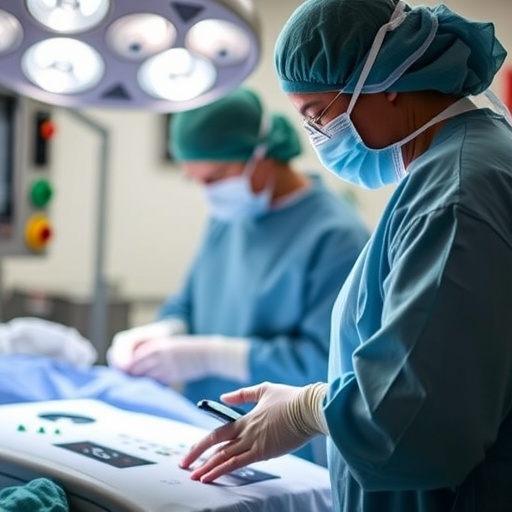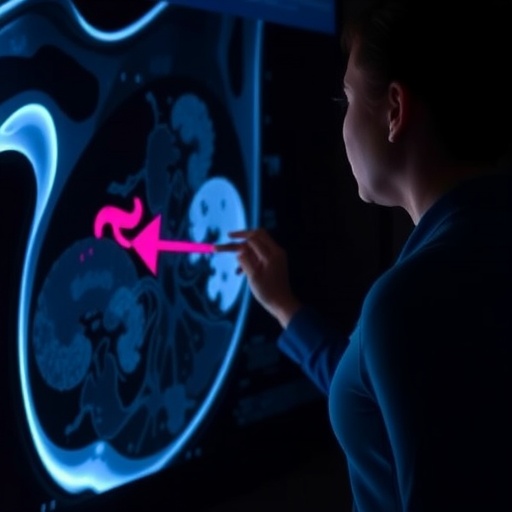EUGENE, Ore. — Aug. 9, 2018 — Children who struggle with weak cognitive control at an early age are at most risk for trouble in adulthood following their engagement in risk-taking activities in adolescence, according to new research.
The study, published online last month in the Journal of Youth and Adolescence, found that only a subset of children who engage in excessive levels of impulsiveness, such as acting without thinking during their teen years, later struggle with addictions or other problem behaviors as young adults.
"People have heard so much about the teenage brain being all gas and no brakes, stemming from an imbalance between the reward and control regions of the brain," said lead author Atika Khurana of the University of Oregon. "This study shows that this is not true. There is an imbalance for some youth, but it is not universal."
The findings challenge the traditional thinking that adolescence is a time of universal imbalance, with kids lacking cognitive control and taking risks to reap instant rewards, said Khurana, associate professor and director of prevention science graduate programs and member of the UO's Prevention Science Institute.
"Previous studies modeling changes in impulsivity and sensation seeking during adolescence drew conclusions based on age differences without looking at the same adolescents over time as they developed," she said. "This study looked at individual trajectories and captured distinct patterns of change that were not otherwise observable when looking at youth at different ages."
Khurana and colleagues analyzed six waves of data collected from 387 adolescents, ages 11 to 18, in the Philadelphia area. They looked at changes in sensation-seeking and impulsivity during in their teen years in relation to working memory, a measure of cognitive control, and as predictors of substance use disorders in late adolescence.
Cognitive control is the ability to exert top-down control over behavior, thoughts and emotions. This ability, tied to executive functions, rests in the brain's prefrontal cortex.
Only adolescents identified at the beginning of the study with weaknesses in cognitive control were at risk for impulsive action that put them at higher risk for substance abuse, the researchers concluded. While sensation-seeking rose in adolescence, it was not associated with weakness in cognitive control or later substance abuse.
The study, funded by the National Institutes of Health, supported predictions of the Lifespan Wisdom Model developed by study co-author Daniel Romer of the University of Pennsylvania's Annenberg Public Policy Center.
It also continued to support a series of published findings that have emerged from Khurana's work with the same data, which began while she was a postdoctoral fellow at the Annenberg Public Policy Center.
In 2012, her group reported a positive association of working memory with sensation-seeking and a negative association with impulsivity. While children with sensation seeking engaged in exploratory forms of risk-taking, they were not getting stuck in unhealthy patterns of risk-taking.
Subsequently, the group has shown that weak working memory in combination with impulsivity can be used to predict trajectories of early alcohol use and risky sexual behavior in adolescents, and that adolescents with strong working memory are better equipped to escape early progression in drug use and avoid substance abuse issues.
"Our research focuses on preventing maladaptive outcomes," Khurana said. "We are finding that those who have early weakness in cognitive control will have increasing problems in behavioral regulation as sensation-seeking peaks during adolescence. Those without this weakness will still seek out thrilling and rewarding behaviors during the adolescent years, associated with the rise in dopamine, but they are less likely to engage in maladaptive behaviors."
The research speaks to the need for greater emphasis on early interventions that can strengthen cognitive control, she said.
"Executive functions develop rapidly between the ages of 2-5, but there is a second window of opportunity to intervene during adolescence, when there is rapid brain development," she said.
Adolescents need to engage in exploratory behavior, she added. That is how they learn and how the brain prunes synapses that are not needed, and strengthens the connections that are relevant, she said.
###
Study co-authors with Khurana and Romer were Laura M. Betancourt and Hallam Hurt, both of the Children's Hospital of Philadelphia.
Source: Atika Khurana, associate professor, Prevention Science, College of Education, 541-346-5540, [email protected]
Note: The UO is equipped with an on-campus television studio with a point-of-origin Vyvx connection, which provides broadcast-quality video to networks worldwide via fiber optic network. There also is video access to satellite uplink and audio access to an ISDN codec for broadcast-quality radio interviews.
Links:
About Atika Khurana: https://education.uoregon.edu/users/atika-khurana
Prevention Science: https://education.uoregon.edu/program/prevention-science
Media Contact
Jim Barlow
[email protected]
541-346-3481
@uoregon
http://around.uoregon.edu
http://dx.doi.org/10.1007/s10964-018-0891-9




